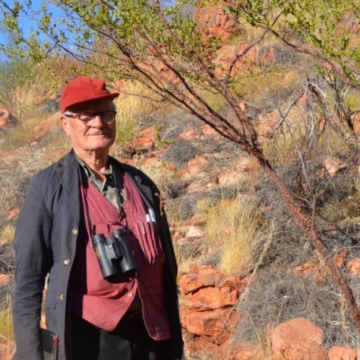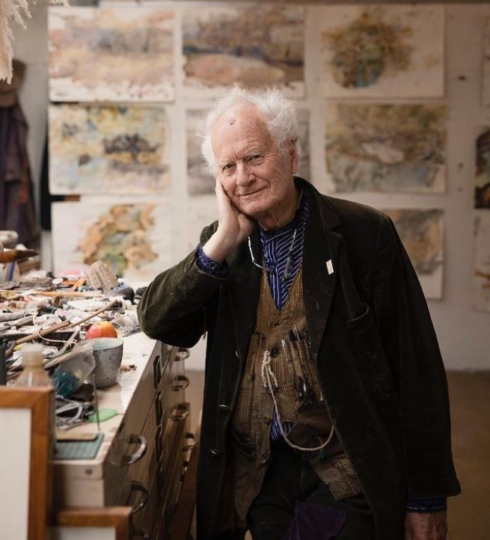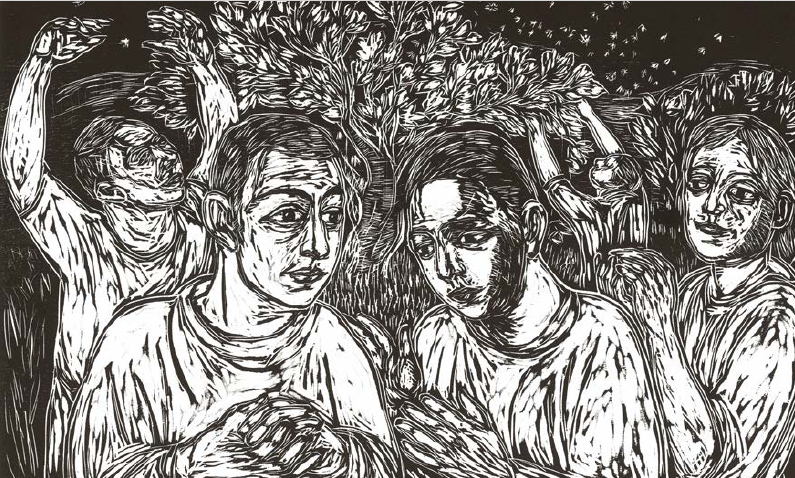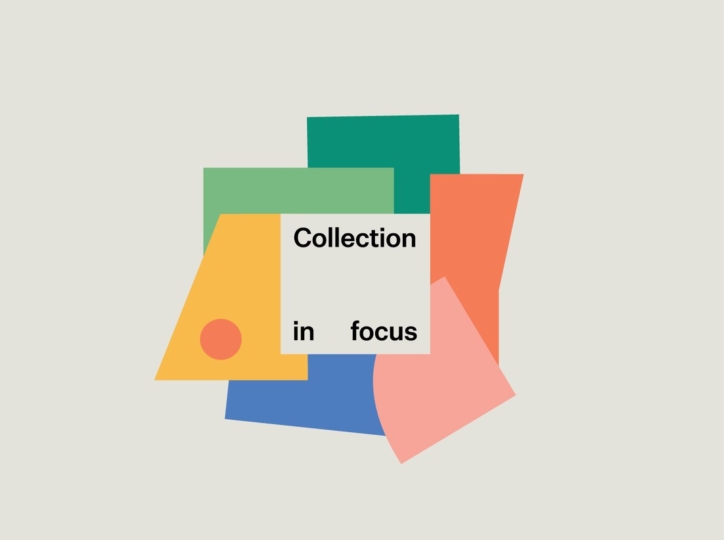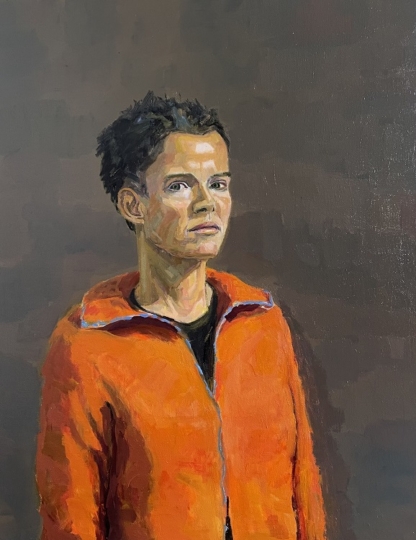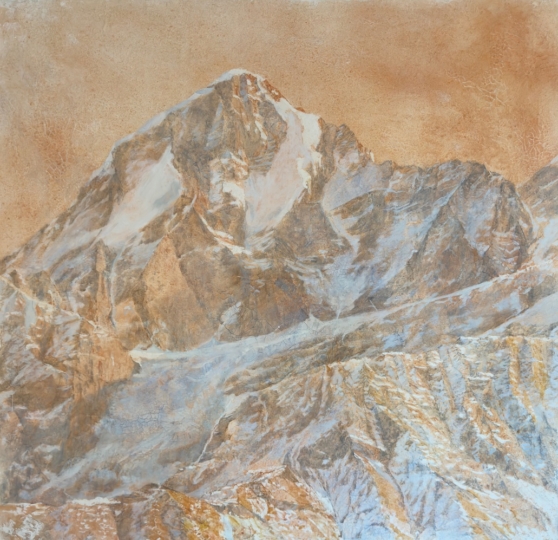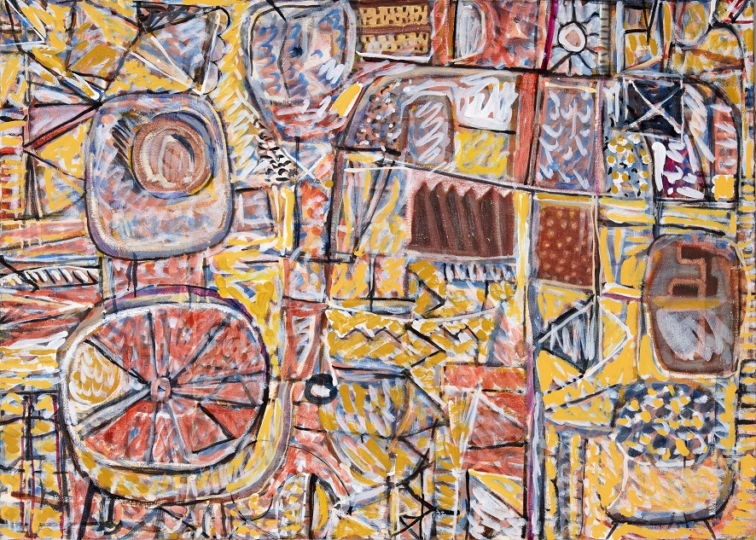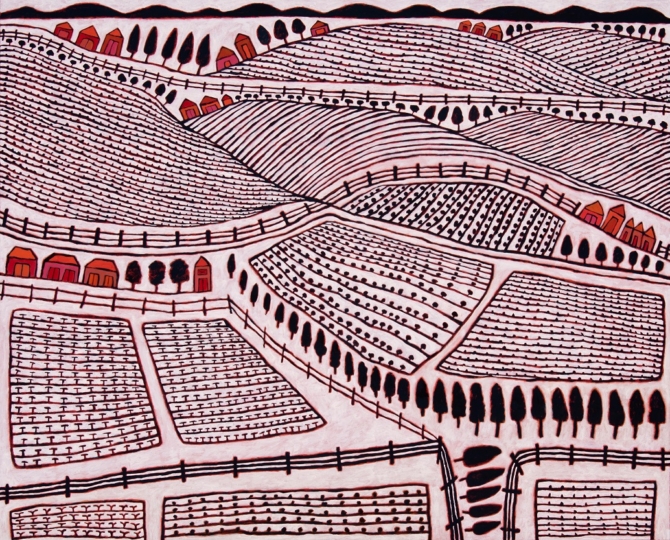Exhibition
In Blog
John Wolseley Exhibition at Gippsland Art Gallery
John Wolseley The Overburden Dump, Hazelwood Power Station 1979 oil on board 14.7 x 60.9 cm John Wolseley: The Quiet …
John Wolseley – at Castlemaine State Festival
Essays on Earth installation image. John Wolseley presents a collaborative multichannel video installation, Essays on Earth, with artist Brodie Ellis …
John Wolseley – Feature in Artist Profile
Preeminent landscape painter and printmaker John Wolseley has been interviewed in his studio by Elli Walsh and published in Artist …
Deborah Williams, Martin King and Phillip Edwards – finalists in Pro Hart Outback Art Prize
Image above: Deborah Williams The air smells different 2023 aquatint intalgio 53×39.5cm Congratulations to Deborah Williams, Martin King and Phillip …
Salvatore Zofrea – ‘From the Collection: Jagath Dheerasekara & Salvatore Zofrea’ at Campbelltown Arts Centre
Image above: Salvatore Zofrea Catching fire-flies in summer from the series Appassionata: one hundred woodcuts no.15. 1994–1999 Jelutong woodblock 40 …
Collection in focus: Golburn Regional Gallery
Image above: Collection in focus exhibition image from Golburn Regional Gallery Collection in focus: Golburn Regional Gallery 5 July — …
Jenny Rodgerson & Peter Wegner – Finalists in The Lester Prize 2024
Above image details: Jenny Rodgerson Mum’s orange cardigan 2024 oil on linen 60 x 40 cm Congratulations to Jenny Rodgerson and …
Holly Grace & Sarah Tomasetti – Finalists in the 2024 Fleurieu Biennale Art Prize
Image above: Sarah Tomasetti From Balpatta X 2024 145 x 150 cm pigment oil and marble dust on fresco Congratulations to Holly …
2024 Salon des Refusés at S.H. Ervin Gallery
Image above (left to right): Graeme Drendel Portrait of Rick 2024 oil on canvas 41 x 31 cm | Michelle Hiscock …
Janet Luxton – Finalist in the Artists for Conservation International Exhibition
Image above: Janet Luxton Giant Australian Cuttlefish 2021 oil on canvas 120x160cm Congratulations to Janet Luxton who has had two …
Wayne Eager – Interview in Studio National
Above image: Wayne Eager, Allegory I 2023 oil on linen 95 x 133 cm Wayne Eager was interviewed by Janet …
Omina Art Prize Finalists – Kate Hudson, Martin King, Robin Stewart and Marina Strocchi
Image above: Marina Strocchi The vineyards of Madden’s Lane 2023 acrylic on linen 122 x 152 cm Congratulations to Kate …
Jennifer Keeler-Milne – Ravenswood Art Prize Finalist
Congratulations to Jennifer Keeler – Milne for being selected as a finalist in the Ravenswood Art Prize 2024 for her …

